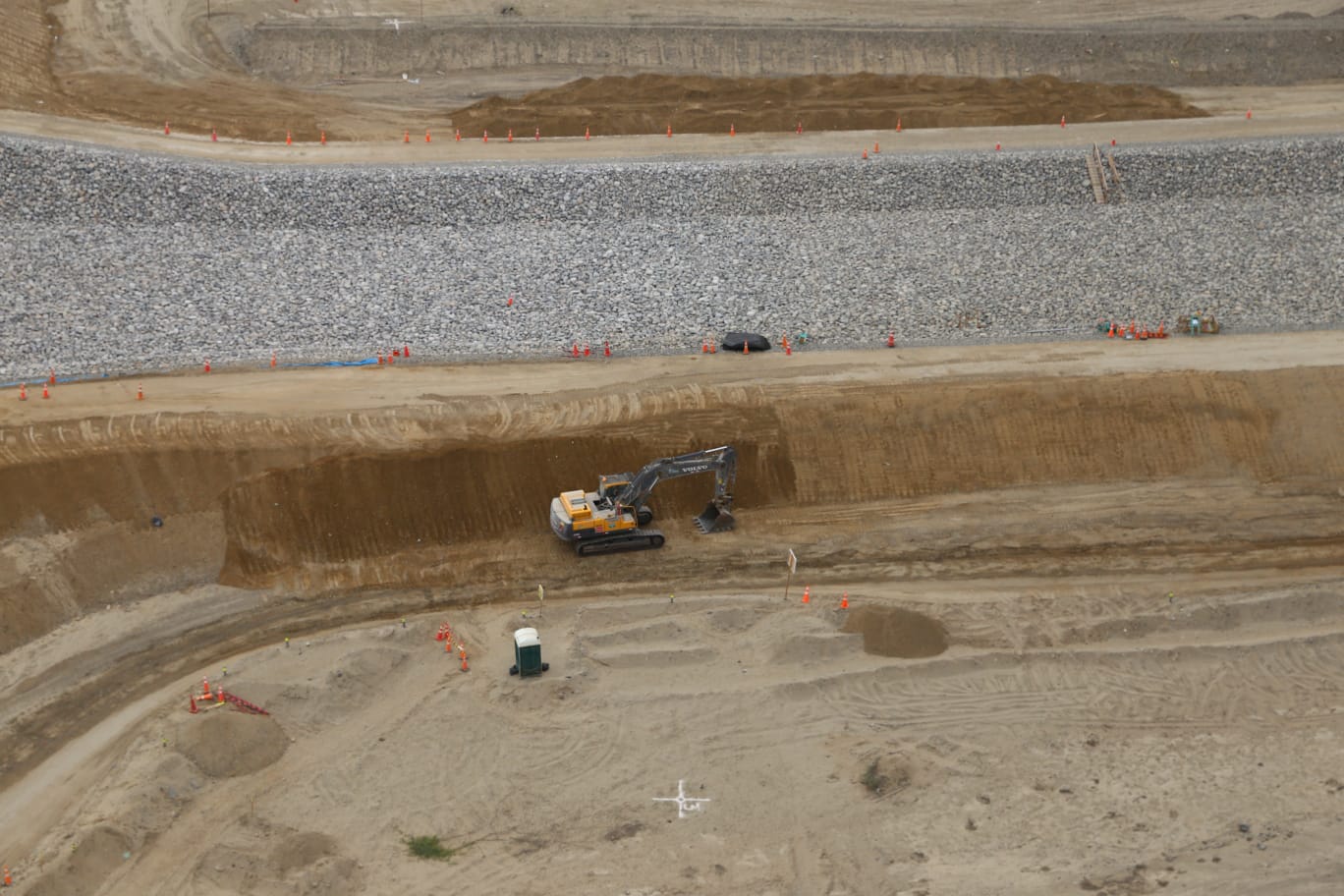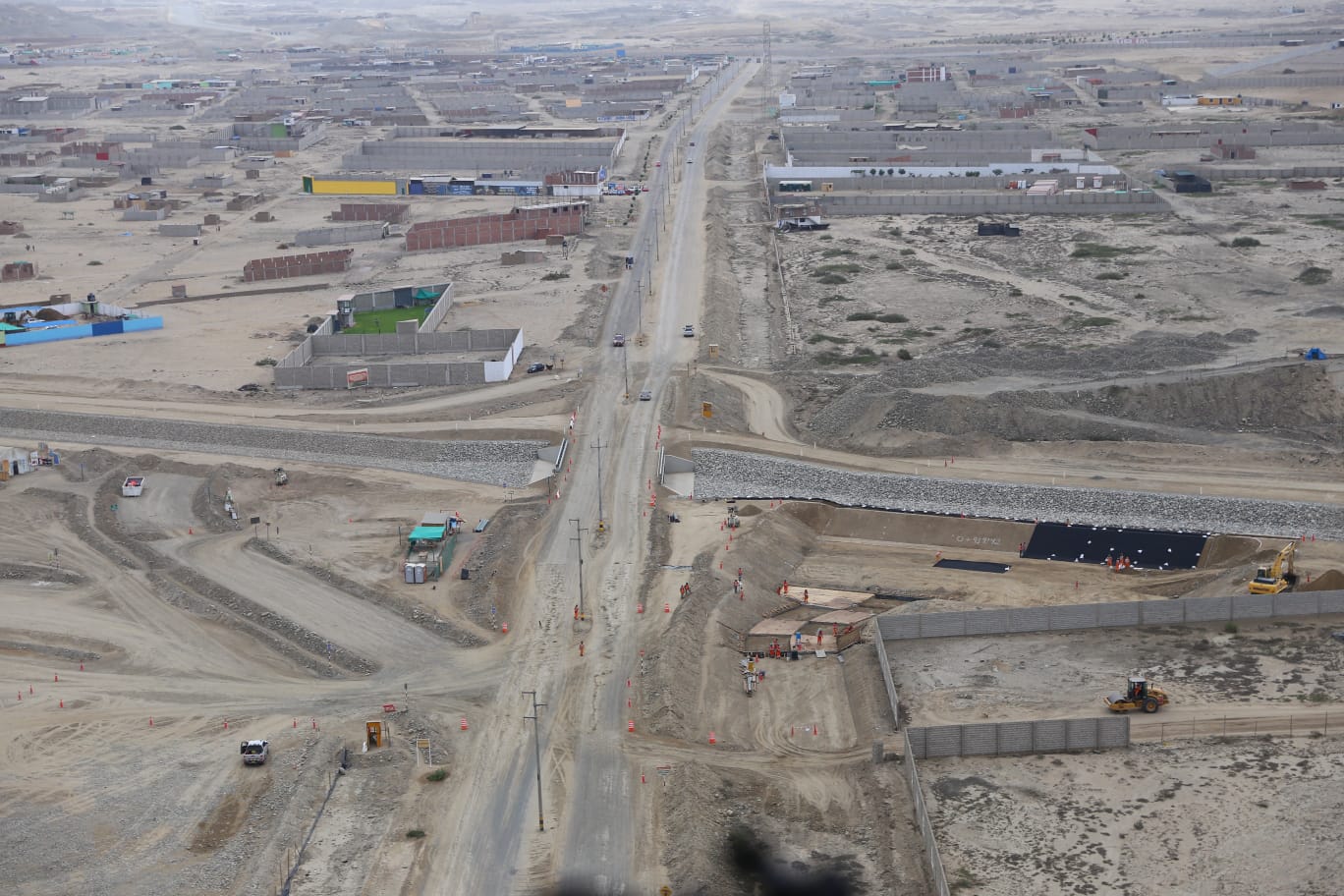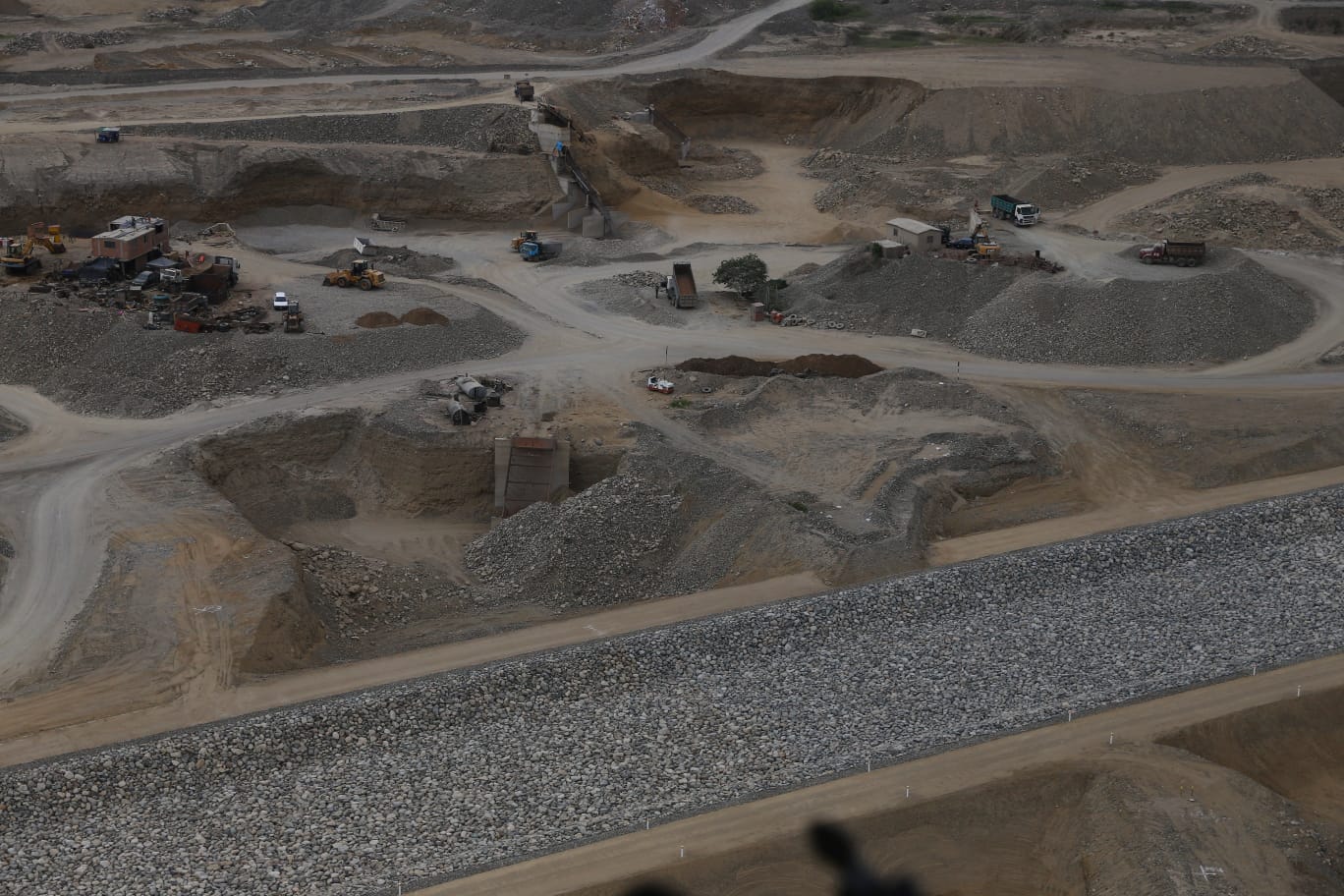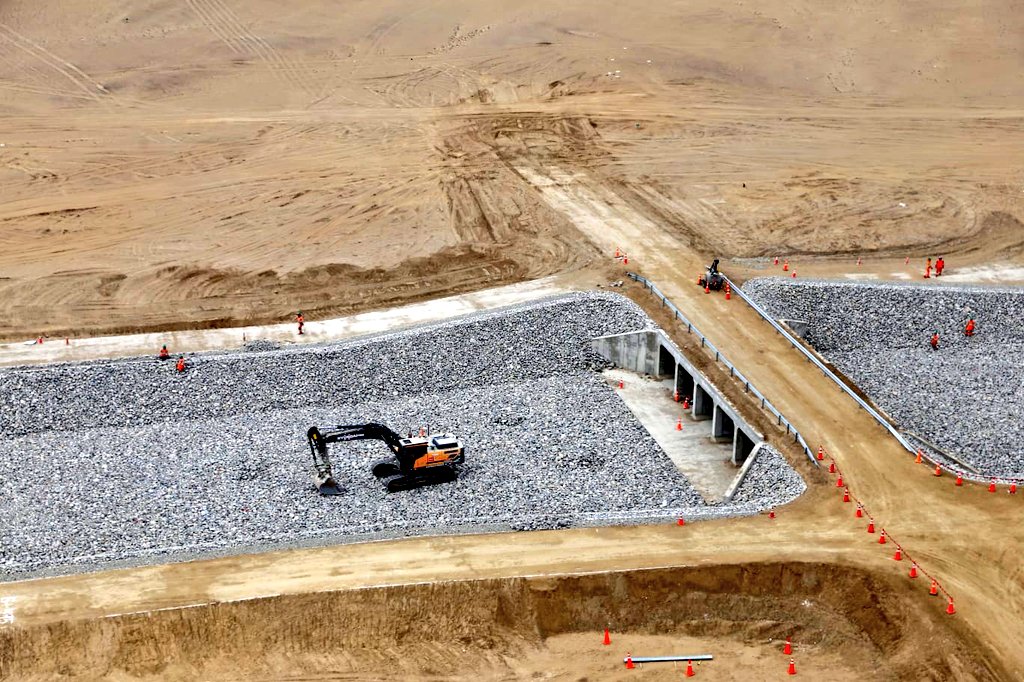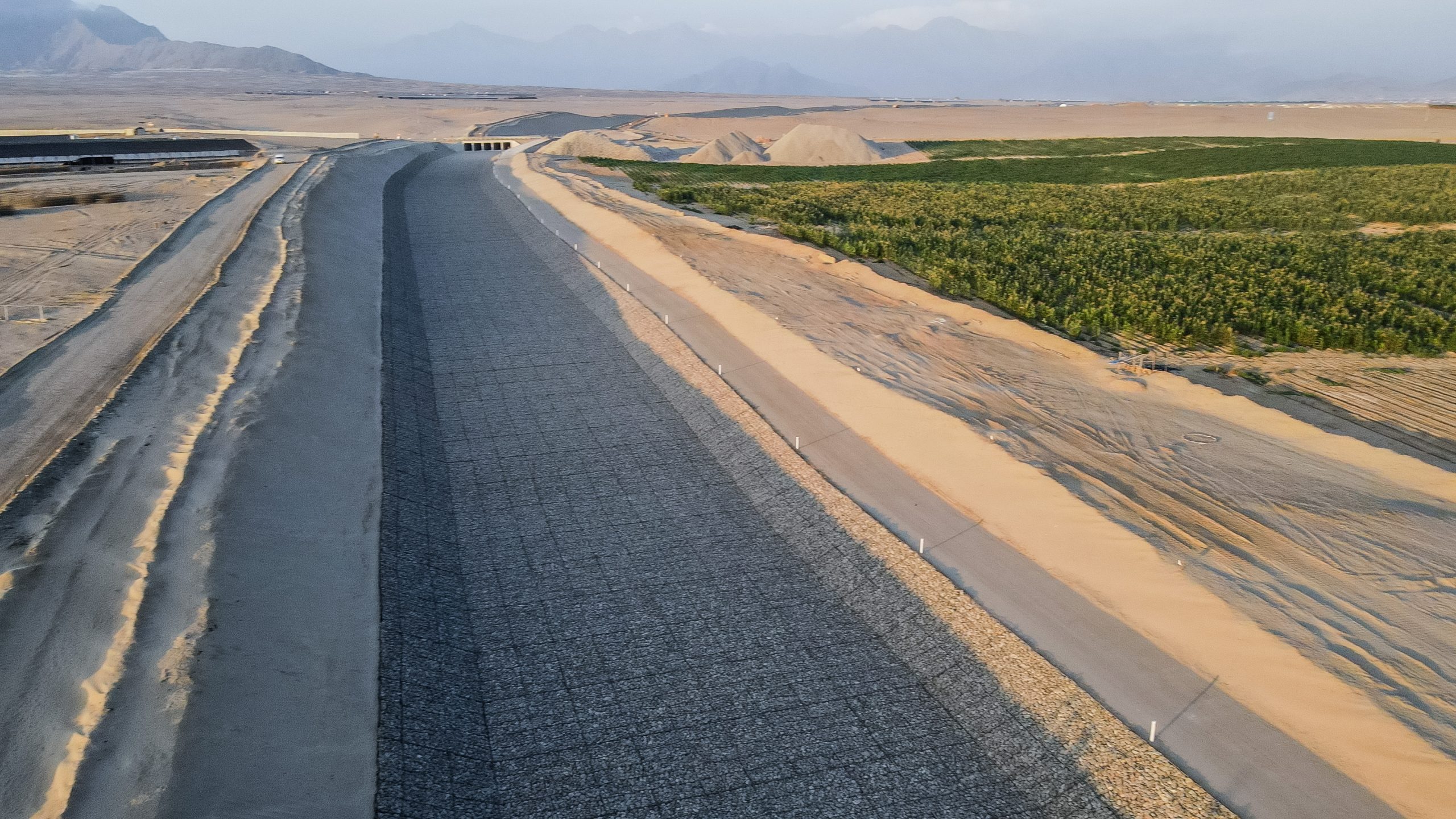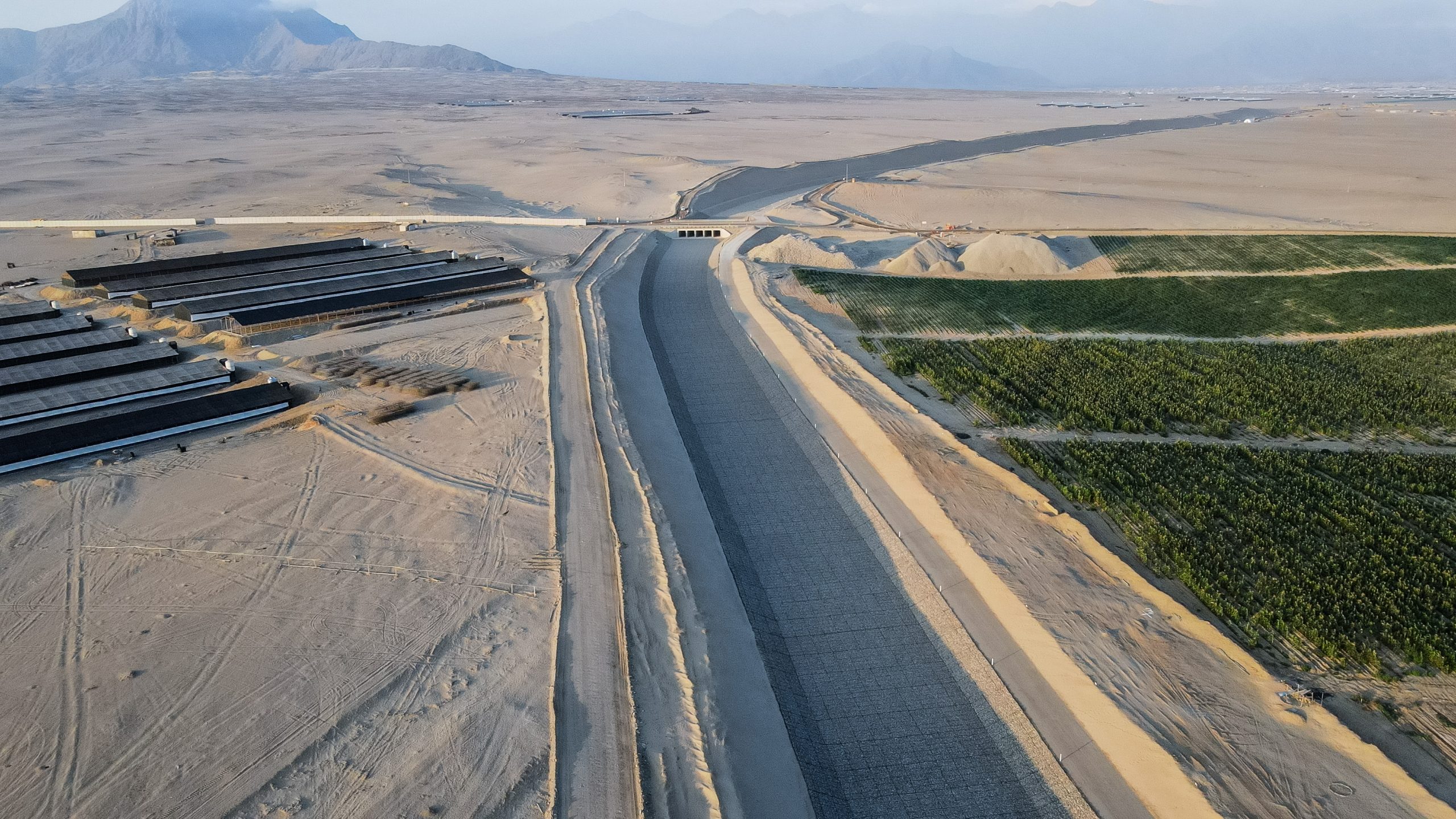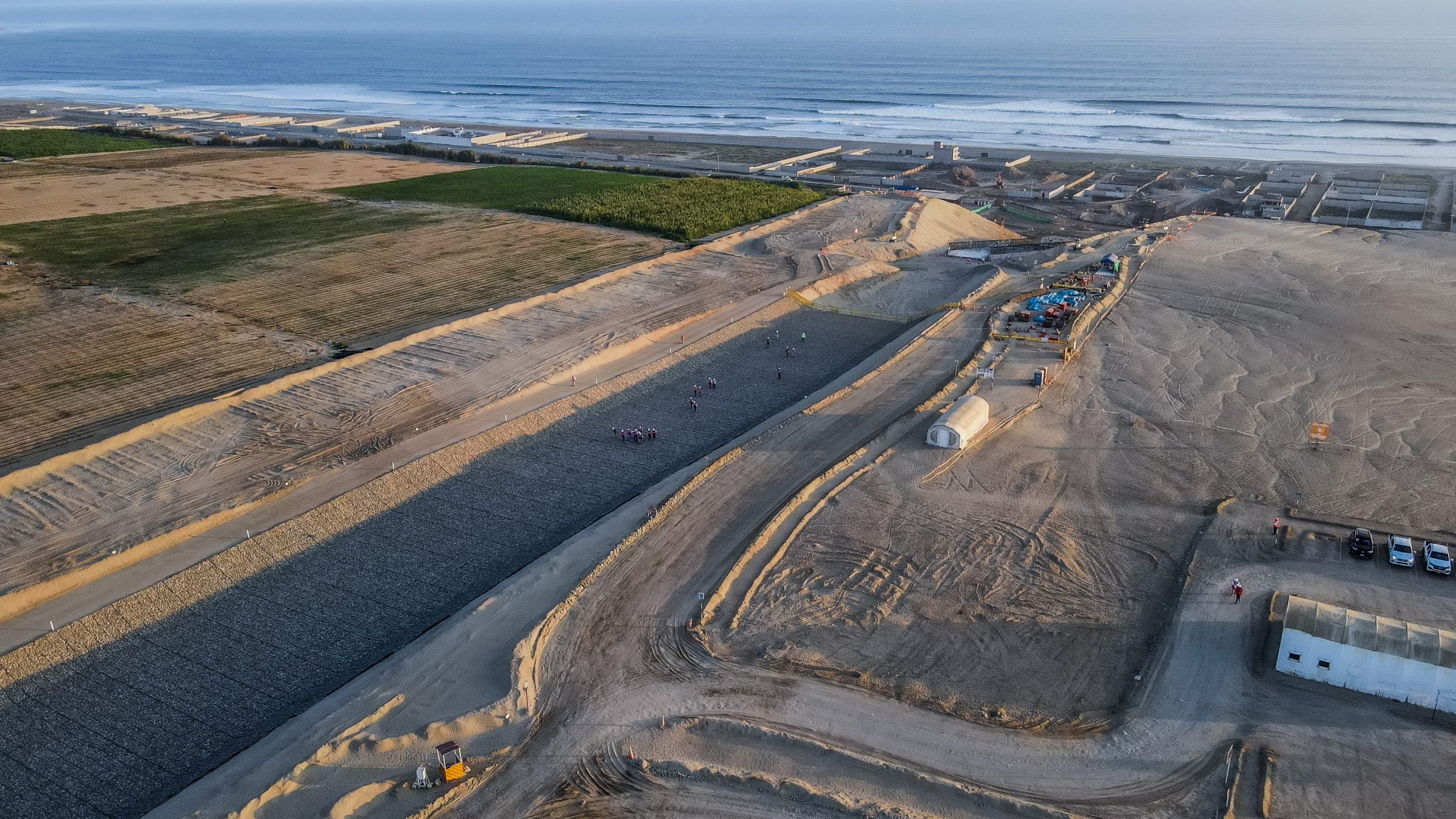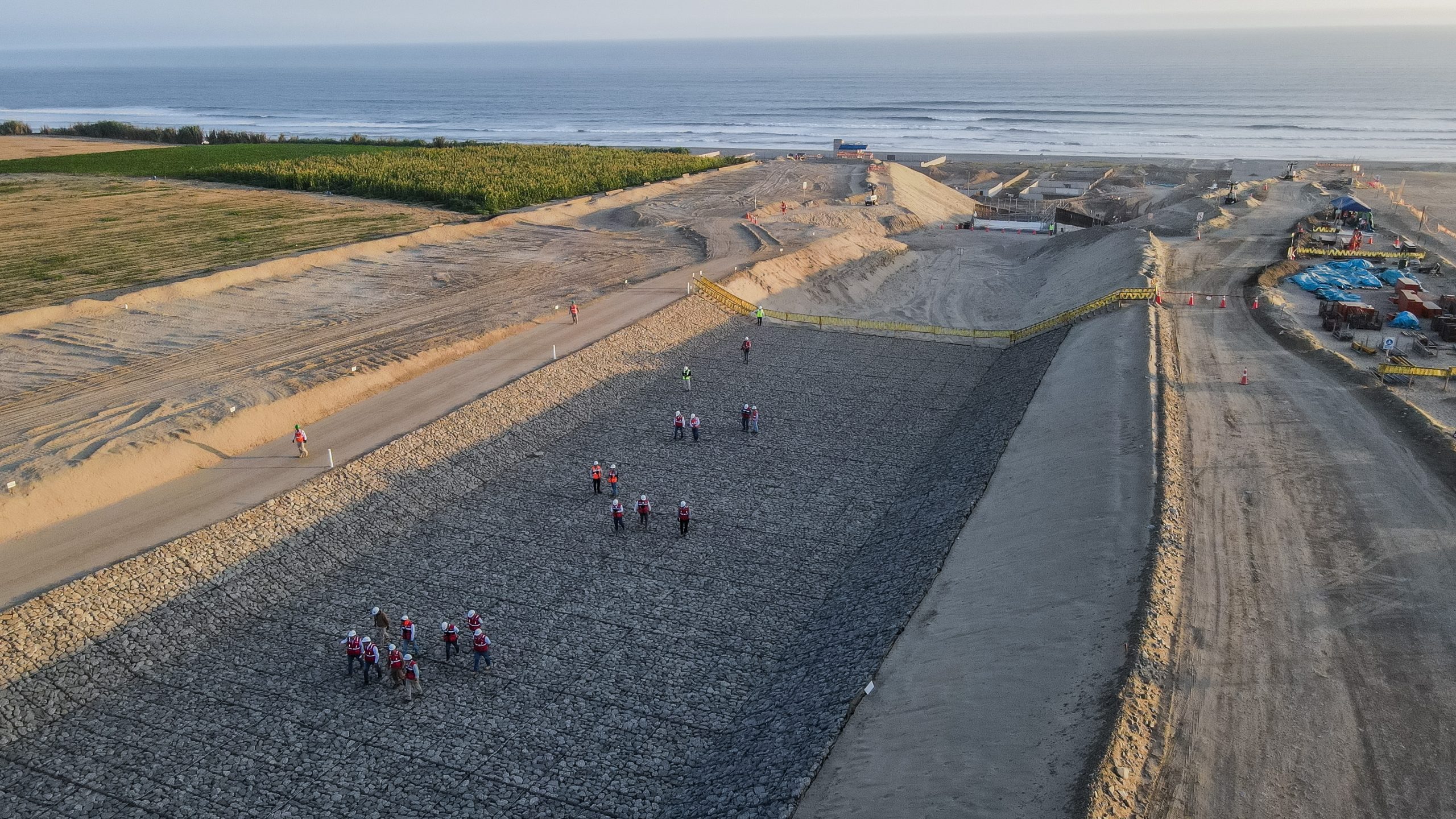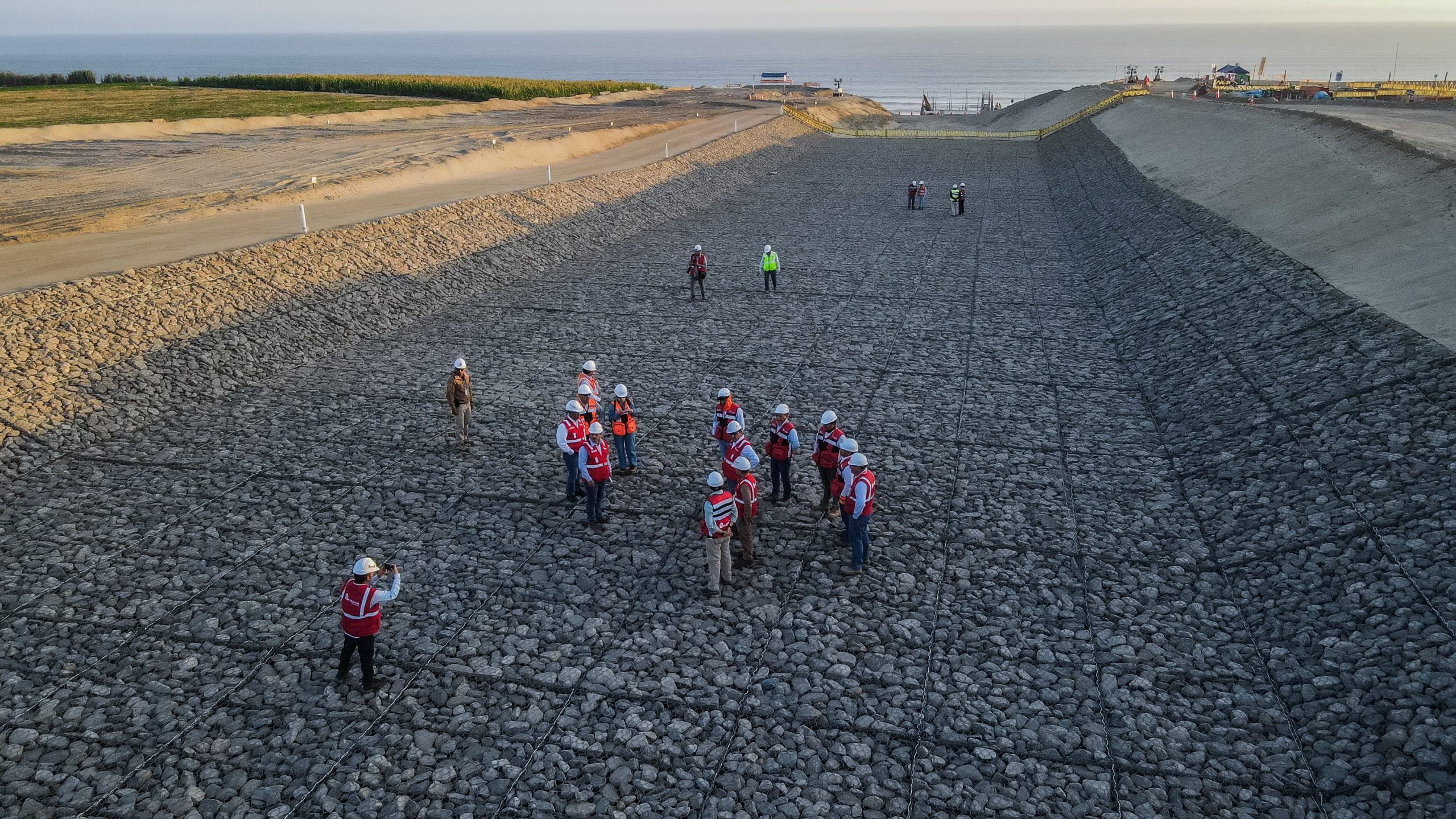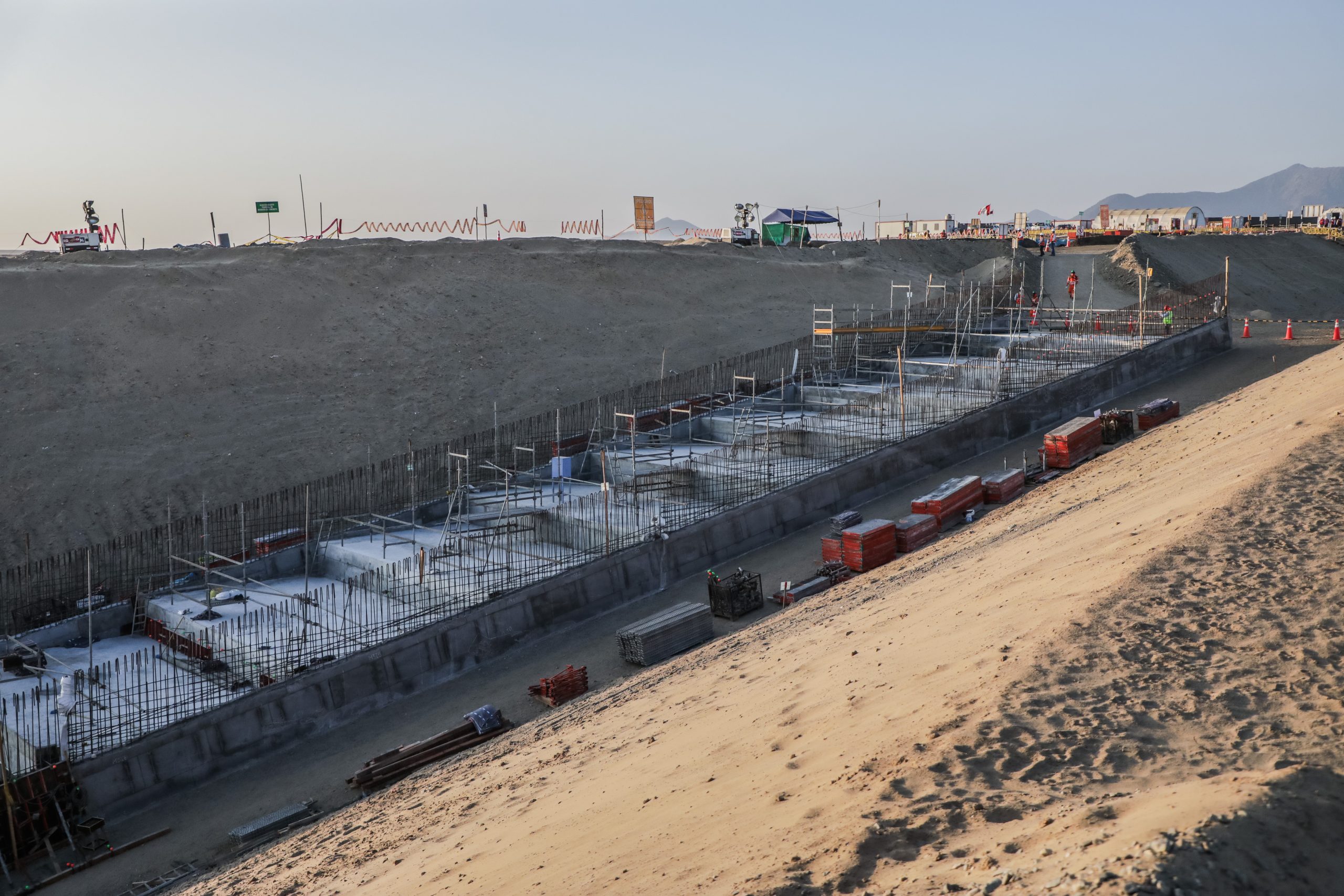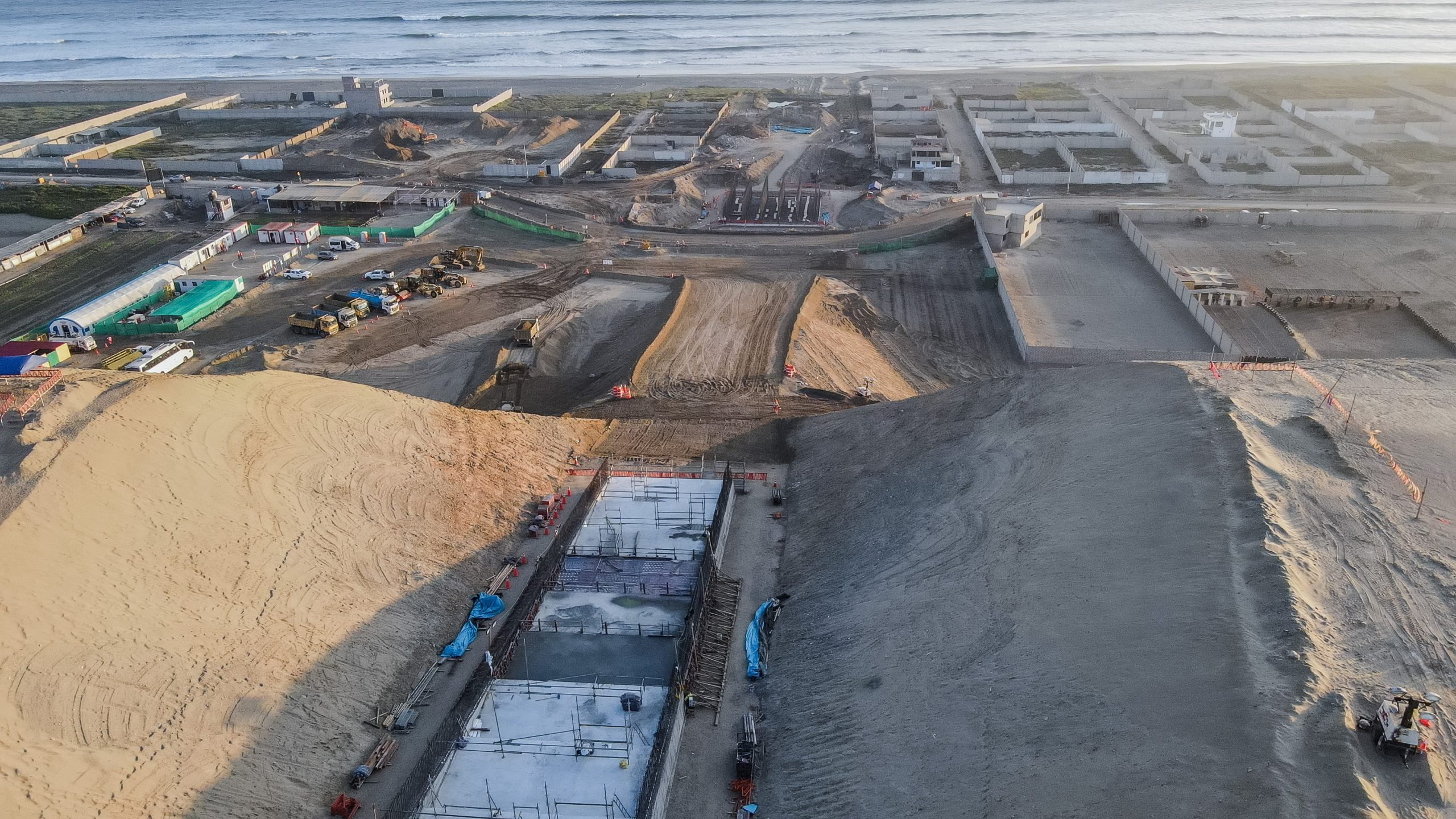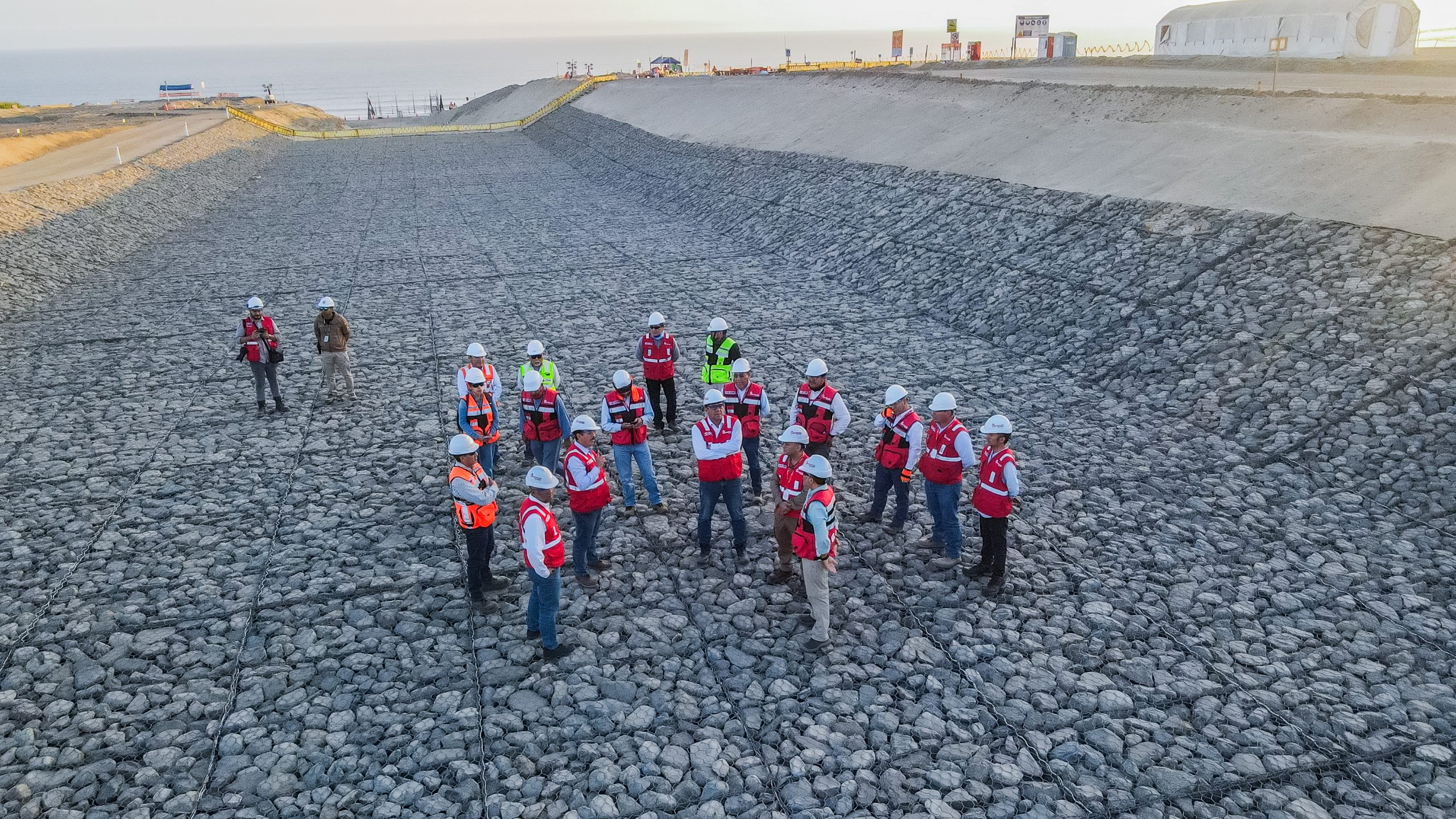07 August 2025
Quebrada El León, Peru: resilient infrastructure to counter flood risk and protect communities
A strategic project to reduce Trujillo’s vulnerability to extreme weather events, with sustainable solutions aimed at protecting 45,000 people.
Climate change is making extreme weather events increasingly frequent and intense, with growing impacts on communities and the integrity of infrastructure. Floods, in particular, are now among the most significant natural threats worldwide: more than 1.8 billion people live in areas at risk of flooding, and according to the World Resources Institute, the economic damage caused by such events could exceed $700 billion by 2030. In Latin America, phenomena such as Coastal El Niño further amplify the threat, often with devastating consequences.
Coastal El Niño is a regional variation of the broader El Niño climate phenomenon, and it occurs when surface waters of the Pacific Ocean along the western coast of South America – especially in Ecuador and Peru – warm abnormally. Unlike the “classic” El Niño, the coastal version specifically affects the Pacific coastal zones of South America, as in the case of the city of Trujillo in Peru’s La Libertad region, which in 2017 experienced one of the most violent manifestations of the past few decades.
During that event, the Quebrada El León – a stream that is typically dry but prone to violent flooding during heavy rains – became a critical point for the city’s hydraulic safety. Its overflow caused the collapse of over 2,100 homes and displaced more than 3,500 people, severely affecting the districts of La Esperanza, El Milagro, and Huanchaco. The absence of containment infrastructure turned the dry streambed into a destructive channel capable of carrying huge volumes of mud, rocks, and debris into urban areas.
To provide a structural and lasting response to this vulnerability, the Autoridad Nacional de Infraestructura (ANIN) launched a comprehensive 19 km canalization project, designed to contain rainwater and mitigate the destructive force of huaicos – rapid mud and debris flows typical of the Andean-Peruvian context. The project aims to protect more than 45,000 residents of Trujillo, restoring safety and territorial continuity in an area of extremely high risk.
Maccaferri played a key role in the implementation of one of the most critical sections of the work, supplying over 200,000 m² of PoliMac Reno Mattress, installed over a 10 km stretch in a trapezoidal configuration. These are gabion-type wire mesh structures coated with PoliMac, a high-performance polymer developed to ensure superior erosion resistance and extended durability even in particularly aggressive environments. Thanks to their flexibility and ability to adapt to the terrain’s morphology, they offer high hydraulic stability while also promoting vegetation regrowth along the banks, contributing to the regeneration of the natural habitat.
A crucial test came as early as March 2023, during the construction phase, when Cyclone Yaku once again struck the region with torrential rains. The system successfully withstood the erosive forces and debris flow – including materials over 40 cm in diameter – demonstrating the reliability and robustness of the chosen solutions.
Today, the Quebrada El León project stands as a tangible and replicable example of how infrastructure can – and must – be designed with a focus on climate resilience. It is an infrastructure that protects, integrates with the territory, respects the environment, and puts people’s safety at the center. A project that reflects Maccaferri’s role as a global partner in the sustainable management of hydrogeological risk – combining innovation, engineering, and social responsibility.

